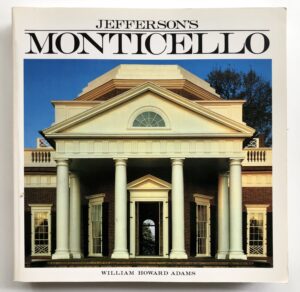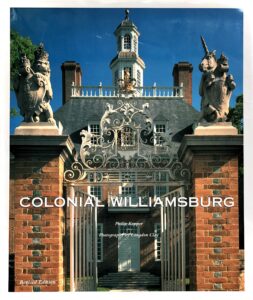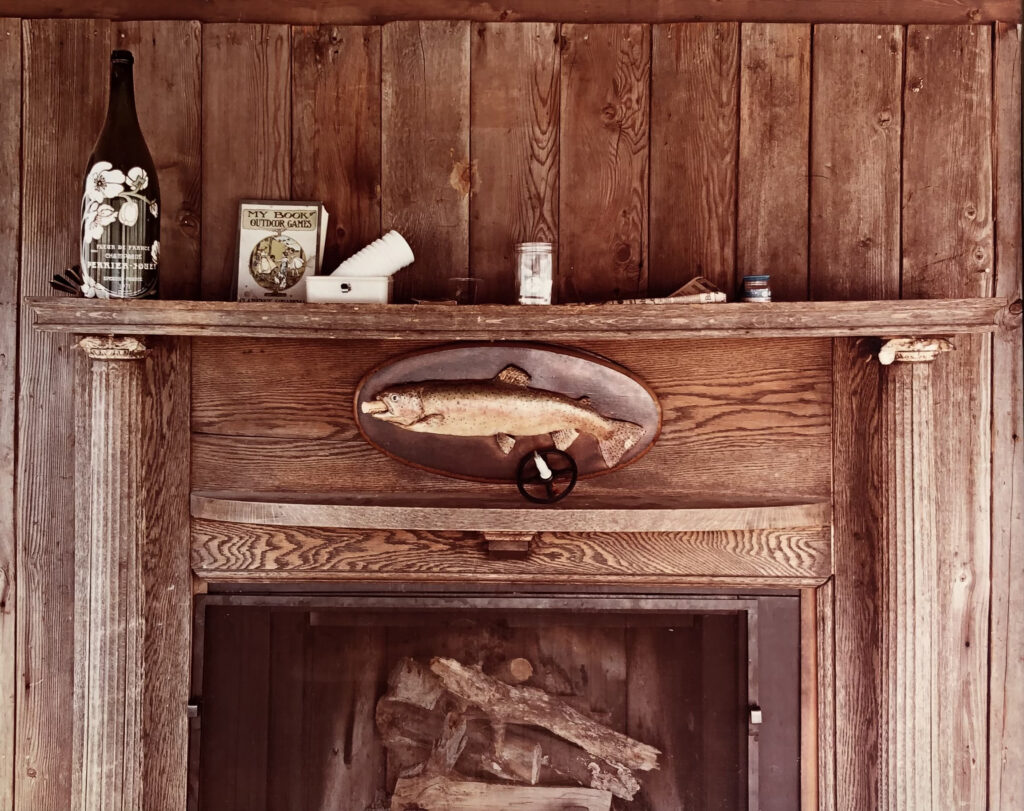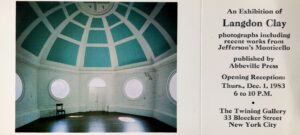
“Laundromat” (1977) by photographer Langdon Clay.
When Michael Aaron Gallagher first began collecting fine art photography in 2020, he kept returning to study the iconic work of Langdon Clay, particularly his series of photographs of vintage automobiles from the 1970s. The images, which were taken on the streets of New York and New Jersey, are an authentic historical reflection of Americana that cannot be replicated.
Born in New York City in 1949, Langdon Clay has produced an extensive portfolio of both commercial and fine art series. According to the artist’s biography, he acquired his first camera in 1968, which he used to photograph Robert Kennedy leading the St. Patrick’s Day parade in New York City. In the decades since, his work has been added to the collections at the J. Paul Getty Museum (Los Angeles), The Metropolitan Museum of Art (New York), the Victoria and Albert Museum (London), The Museum of Contemporary Photography (Chicago), and Bibliothèque nationale de France (Paris). His extraordinary images have been published by Steidl in the books Cars – New York City (1974-1976) and his forthcoming book titled, 42nd Street, 1979, which is a panoramic view of the well-known block near Times Square between 7th and 8th Avenues in Manhattan. His pictures also appear in books about Thomas Jefferson’s home at Monticello, Colonial Williamsburg, Callaway Gardens (Pine Mountain, Georgia), Pulitzer Prize-winning writer Eudora Welty’s garden (Jackson, Mississippi), and cooking guides by Anne Willan and Lee Bailey.

Langdon Clay’s photography is featured in the book “Jefferson’s Monticello” by William Howard Adams.
As a northerner now living in the South, Mr. Clay has an outsider’s appreciation that makes his southern photographs so intriguing. Unlike some photographers whose work is easy to classify in a certain style or pertaining to a specific subject matter, the diversity of his images is part of their charm.
In a recent interview for the Southbound Exhibition at the Halsey Institute of Contemporary Art, Clay shared a particularly intriguing insight into his creative thinking.
“Even in a landscape shot, you want to show, in a way, the mark that humans have made on this landscape,” Clay said. “For me a shot of a cliff at Yosemite is never going to be as interesting as a shot of Yosemite with a person in it or a piece of machinery or something to prove that humans were here, and were interfering in a certain way, and that had an effect on the environment that you’re trying to show.”

Langdon Clay’s photography is featured in the book “Colonial Williamsburg” by Philip Kopper.
After scouring the internet for a limited edition print to add to his art collection, Michael eventually found an 8” x 10” press photograph of the 1977 piece “Laundromat” on eBay. Michael then wrote to the photographer, who now lives in Mississippi, and asked him for his autograph. To his surprise, instead of signing the black and white copy of the picture, Langdon Clay generously sent a full color, signed archival print. It is this colorful image that has become one of Michael’s favorite photographs by the artist and one of the most treasured pieces of art in The Michael Aaron Gallagher Fine Art Collection.
There are several striking features that make the “Laundromat” picture both memorable and captivating. First, the image is reminiscent of a classical Renaissance motif. Where we would expect to see paintings of the gods in the foreground, we instead find the commonplace washing machines set against an ornate backdrop. Second, the rich blend of pastel colors is equally mesmerizing. As if it is a movie still from a scene in a French film, the setting is a romanticized look at what would otherwise be mundane. In this way, the machine itself becomes art. It is the intersection of design and color, a place where traditional beauty meets the modern world.
In the 20th Anniversary Auction Gala catalogue for Atlanta Celebrates Photography, Langdon Clay discussed the story behind this gorgeous picture. “This laundromat was where I did my laundry in the mid- seventies,” Clay said. “One day I went to clean some clothes and the mural was gone. I asked the Chinese woman who ran the place what happened. She said it was out back and I could have it if I liked. I went to look but this section was gone. Somebody suggested that Larry Rivers had painted it in barter for free laundry and dry cleaning. Anything is possible, but I have no idea of the truth in that. I know during the same time period (the disco era) artists traded paintings to cover their bar bills at the Ocean Club. That certainly was true. Like a spooky dream, it is all lost to us now, except through the magic of photography.”

“Skate House, Corning, New York” (1981) by photographer Langdon Clay.
In the summer of 2021, Michael acquired “Skate House, Corning, New York” (1981), a signed 8” x 10” c-print by Langdon Clay from Clark’s Fine Art and Auctioneers. Although the auctioneer described the 40 year-old picture as “faded” and it had some water damage to the frame and passe-partout, it nevertheless has a rustic, ruggedness to it. The piece was originally from the collection of Laurie Frank of Frank Picture Gallery in Santa Monica, California. Michael also acquired a gallery show announcement for a 1983 exhibition at the Twining Gallery, which features Mr. Clay’s photograph of the dome interior at Monticello on the front of the postcard. The books Colonial Williamsburg by Philip Kopper and Jefferson’s Monticello by William Howard Adams are also a part of Michael’s Langdon Clay exhibit.

This vintage postcard from 1983 was for a Langdon Clay photography exhibition at the Twining Gallery in New York City. It features his photo of the dome interior at Monticello on the front.
For more information on Langdon Clay’s photography visit his official web site at www.langdonclay.com. Prints of his photographs are available through Jackson Fine Art (click here to see what pieces are currently available). You can also find his photography books through many major booksellers.
To watch the informative, conversational-style documentary “Two Lives in Photography” about Langdon Clay and his wife Maude Schuyler Clay by Director Thad Lee (click here).
To view more original works in The Michael Aaron Gallagher Fine Art Collection click here. For information about works that have been donated to the collection click here.
